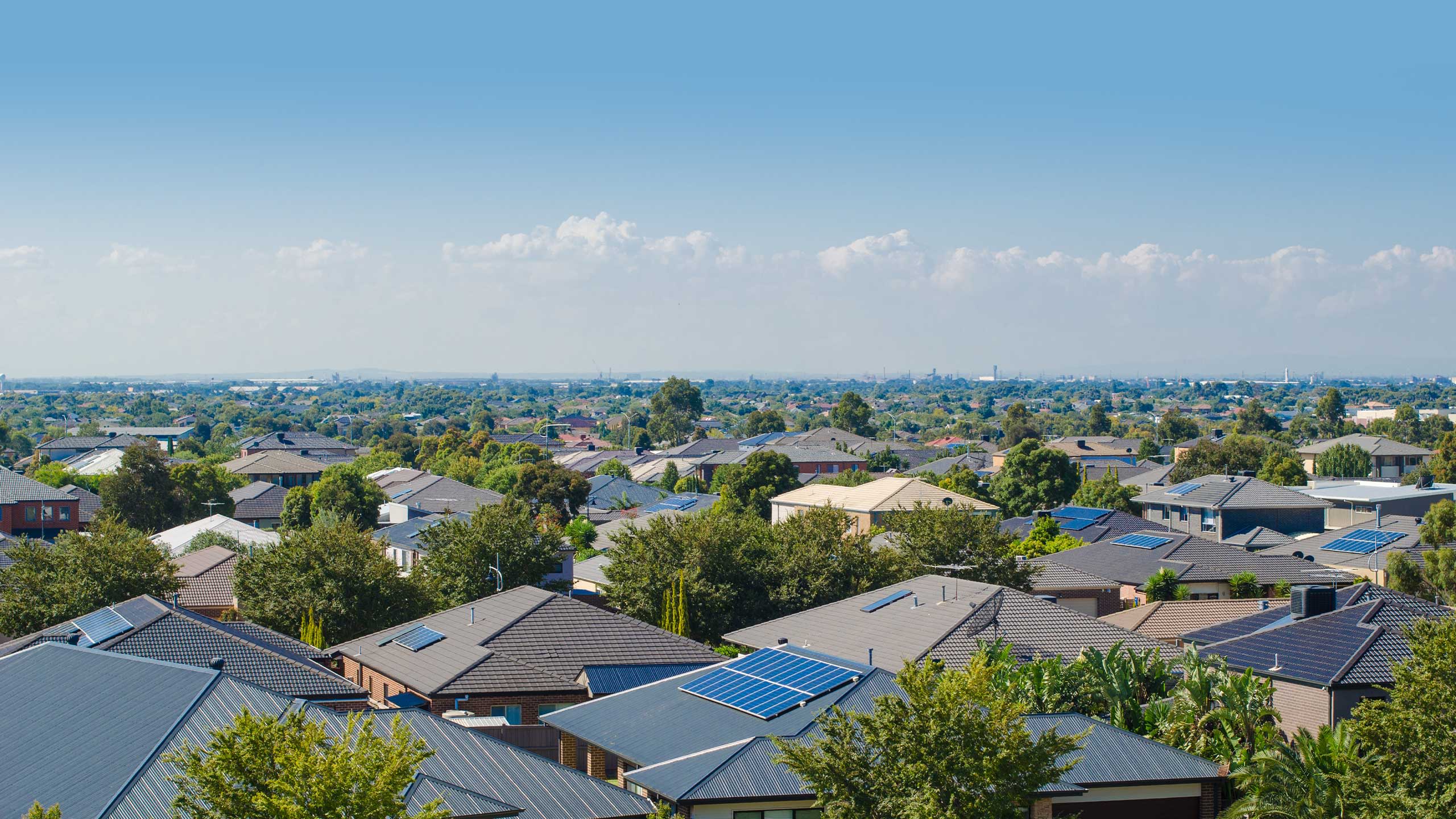Australia’s Housing Crisis: Urgent Solutions Needed

As Australia approaches its federal election, the housing crisis has emerged as a critical issue for voters. With soaring property prices, skyrocketing rents, and a severe shortage of social housing, many Australians find homeownership increasingly out of reach. Both major political parties have made pledges to address the crisis, but the effectiveness of their proposed solutions remains uncertain amidst rising cost-of-living pressures and global economic challenges.
Understanding the Surge in House Prices
The primary driver behind Australia’s housing affordability crisis is a significant imbalance between supply and demand. The country has not constructed enough homes to accommodate its rapidly growing population, leading to a scarcity that inflates property prices. This issue is exacerbated by restrictive planning laws that hinder the development of new housing in desirable urban areas, particularly in major cities like Sydney and Melbourne.
Australia’s metropolitan regions are notably less dense compared to similar cities worldwide, largely due to bureaucratic red tape. Additionally, the decline of public housing and increasing waitlists have pushed many individuals into homelessness or overcrowded living situations. Climate change has further complicated matters, with natural disasters such as bushfires and severe storms damaging properties and making certain areas less habitable.
Over the years, government policies have shifted the perception of homeownership from a basic right to an investment opportunity, further complicating the landscape for average Australians seeking affordable housing.
Current Housing Costs: Buying and Renting
The cost of buying or renting a home in Australia varies significantly by location. Sydney ranks as the second least affordable city globally for property purchases, with the average home price nearing A$1.2 million (approximately £570,294 or $742,026). Across the nation’s capital cities, the average house price exceeds A$900,000, reflecting a staggering 39.1% increase over the past five years, while wages have not kept pace.
For prospective homeowners, saving for a 20% deposit now takes about ten years, according to a 2024 report on the housing system. The rental market offers little respite, with national rents rising by 36.1% since the onset of the COVID-19 pandemic, translating to an average increase of A$171 per week. Sydney leads the rental market with a median weekly rent of A$773, followed by Perth at A$695 and Canberra at A$667.
Immigration and Foreign Investment: Myths and Realities
While immigration and foreign property purchases are often blamed for exacerbating Australia’s housing crisis, experts argue that their impact is minimal. Many newcomers, such as international students, typically reside in dedicated accommodations rather than entering the housing market. Michael Fotheringham, head of the Australian Housing and Urban Research Institute, emphasizes that the influence of migrants on housing demand is not as significant as some may believe.
Furthermore, data from the Australian Taxation Office indicates that foreign buyers accounted for less than 1% of all home sales in 2022-23. Existing foreign investment regulations impose various taxes, making it challenging for non-residents to purchase property in Australia. Brendan Coates from the Grattan Institute supports this view, asserting that foreign purchases do not substantially contribute to the housing strain.
Political Promises and Expert Opinions
In response to the housing crisis, both the Labor Party and the Coalition have proposed plans to increase housing supply. Labor aims to build 1.2 million homes by 2029, while the Coalition has committed to unlocking 500,000 new properties. Labor’s A$33 billion housing investment plan includes measures to assist first-time buyers with smaller deposits and increase social housing availability.
Conversely, the Coalition’s strategy focuses on reducing immigration and implementing a two-year ban on foreign investment in existing properties, alongside a A$5 billion infrastructure boost for local councils. The Greens have advocated for national rent freezes and caps to alleviate pressure on renters.
Experts caution that while these proposals are steps in the right direction, they may not be sufficient to resolve the housing crisis. A report by the Urban Development Institute of Australia predicts that the federal government will fall short of its housing target by nearly 400,000 homes by 2029. Concerns also arise regarding the Coalition’s immigration cuts, which may lead to a shortage of skilled workers and ultimately hinder economic growth.
As the election approaches, the urgency for effective solutions to Australia’s housing crisis has never been more apparent. With decades of underinvestment in social housing and a growing demand for affordable living options, experts agree that comprehensive strategies are essential to address the challenges facing Australian homebuyers and renters.
Observer Voice is the one stop site for National, International news, Sports, Editor’s Choice, Art/culture contents, Quotes and much more. We also cover historical contents. Historical contents includes World History, Indian History, and what happened today. The website also covers Entertainment across the India and World.

